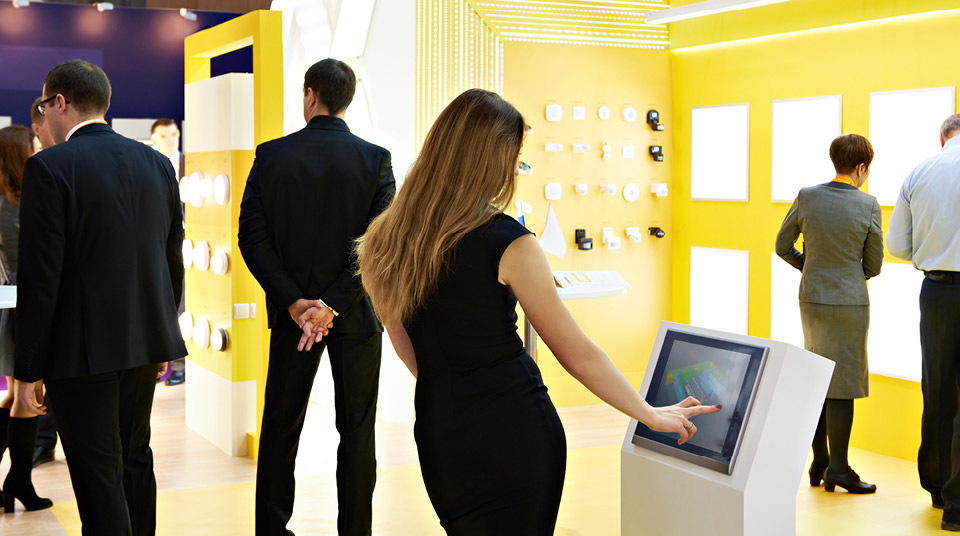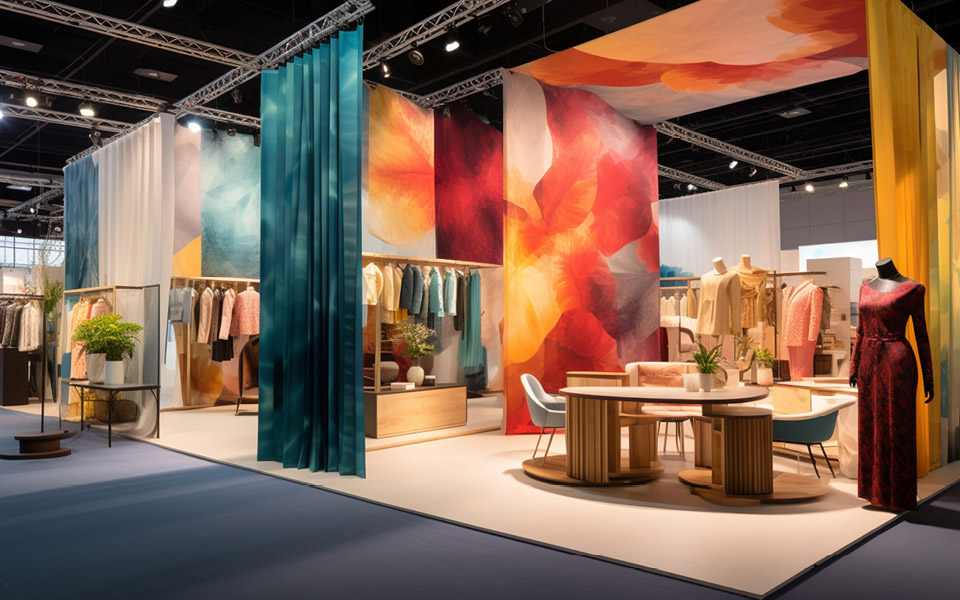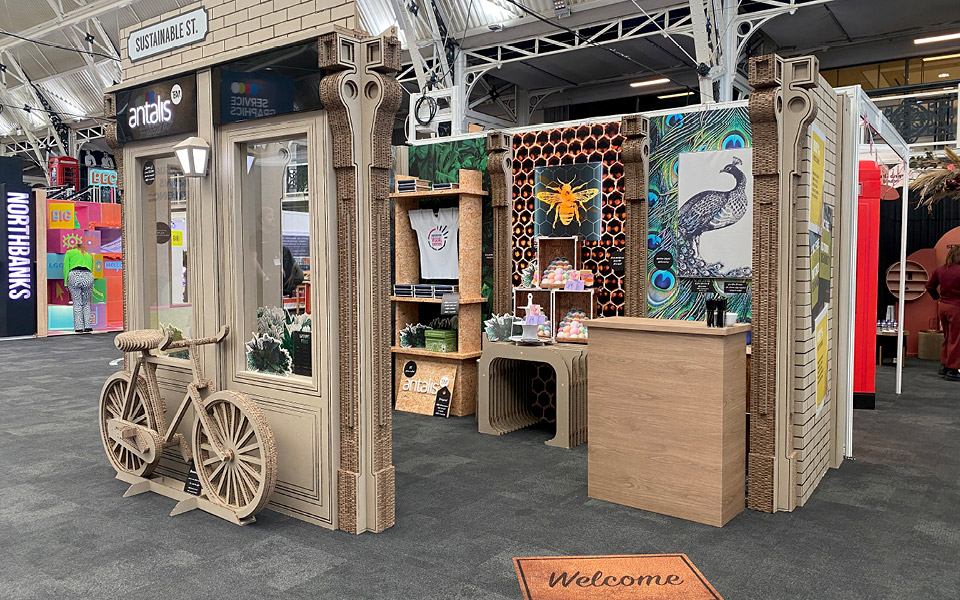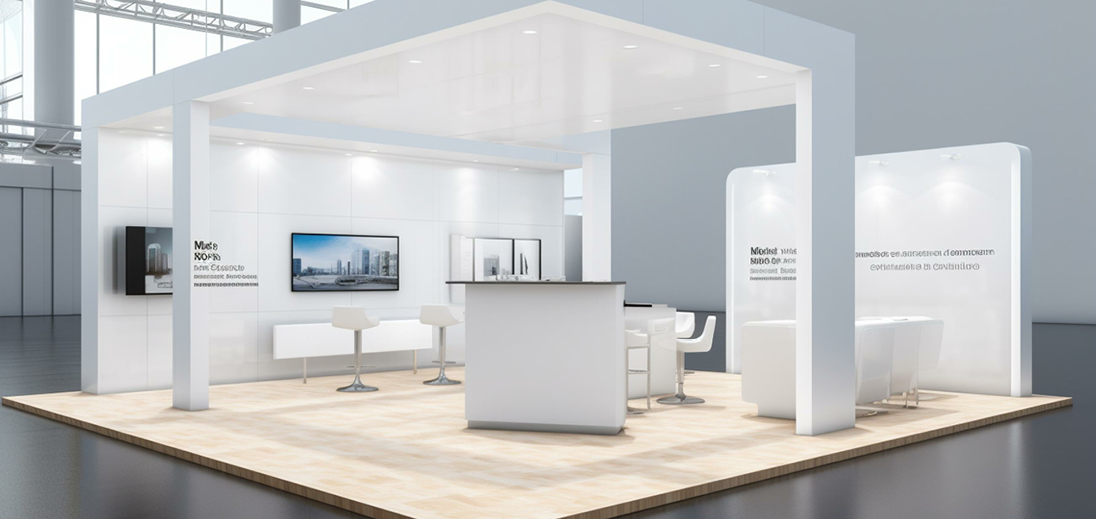What ESG trends will be in the spotlight at trade shows in 2024?
We discovered new ESG trends at the various trade shows we attended lately. Let’s dissect them in this article. Do you want to meet us in 2024 and showcase our latest innovations? We’re present at events in Lyon, London, Amsterdam, Odense (Denmark), and Prague. Come over and talk about your projects, we will be happy to welcome and advise you.
We discovered new ESG trends at the various trade shows we attended lately. Let’s dissect them in this article. Do you want to meet us in 2024 and showcase our latest innovations? We’re present at events in Lyon, London, Amsterdam, Odense (Denmark), and Prague. Come over and talk about your projects, we will be happy to welcome and advise you.
How to better reduce carbon footprint?
The current state of carbon reduction initiatives in the world
The construction industry alone counts for 39% of global carbon emissions, according to the United Nations Environment Program (UNEP).
As of 2024, we can witness more and more initiatives to reduce the carbon footprint of building activities, especially in interior design. Indeed, interior design influences space usage, material sourcing, and energy consumption.
Among these sustainable practices, we can list the use of recycled, low-carbon materials, natural ventilation, strategic zoning, or digital technologies like building information modelling.
Despite these initiatives, we lack transparency, accountability, and effectiveness in carbon reduction efforts.
A new technology to estimate the carbon footprint of a printing site
The British company CarbonQuota launched the world’s largest independent carbon emissions database for the print and packaging industry.
To do so, they use machine-learning algorithms, enabling science-based, low-cost, and automated footprint reporting. They measure carbon footprints at a granular level, including substrates, production, consumables, transport, and end-of-life.

CarbonQuota provides instant and accurate carbon footprints on every quote, ensuring you comply with the relevant international carbon standards. Here’s an example of a company that has applied this solution.
How Imageco applies CarbonQuota’s solution
Leeds-based Imageco is one of the UK’s leading companies in the wide-format print and signage sector. They also provide quality cardboard engineering, from creative design to bespoke installation.
Though they favour eco-friendly materials and use less carbon-intensive production methods, they still emit carbon from products’ travel.
To get an accurate idea of their carbon footprint, they adopted CarbonQuota’s carbon calculation tool. This way, they can map the exact associated CO2 and look for solutions to lower or balance these emissions.
Recyclable and reusable materials at trade shows
The ever-growing use of alternative materials
We witness the growing use of recyclable materials for printing, point-of-sale materials, and POP displays. Indeed, more businesses use sustainable alternatives such as recycled paper, biodegradable plastics, or Limex paper (made of 50% limestone).
This way, companies have a positive environmental impact while aligning with their customers’ ecological expectations. Beyond enhancing brand reputation, using these materials can contribute to cost reduction. Here’s another example of Imageco delivering a gigantic portfolio of sustainable print products.

How Imageco and Antalis shape the future of exhibition stands
At Antalis, we’ve been supplying Imageco for years with sustainable materials. We recently missioned them to make a stand design for a green event. Their challenge was to use as many of our sustainable materials as possible.
They crafted the main structure from Xanita, a 100% repulpable sustainable fibre board. Xanita is ultra-lightweight and more resistant than other fibre boards on the market.
We wanted the stand to look like a British high street store, showing examples of how one can use our sustainable materials in real-life retail environments, such as furniture, POS, and display.
Imageco delivered an eye-catching cardboard stand. This example shows us how cardboard engineering can be the future of exhibition stands.

From the Olympics to local festivals: the way to more sustainable events
ISO 20121 is the international standard on sustainable event management systems.
The Institute for Sustainable Events (ISE) launched ISO 20121, alongside the London 2012 Olympics. At the time, the world was not as committed to Net Zero. Sustainable Development Goals (SDGs) and the Paris Agreement weren’t born yet. The plastic pollution crisis was not as addressed as it is today.
In 12 years, many things have changed. To meet today's standards, the ISE released an updated version of ISO 20121 in April 2024, just in time for the Paris Olympics. The goal is to reflect the current state of maturity towards ESG aspects.
ISO 20121 pushes companies to think sustainably in all aspects of stand designs and event management:
● Material selection: using sustainable materials in stand designs,
● Energy efficiency: using LED lighting and energy-efficient appliances,
● Waste management: reducing and recycling waste,
● Transportation: using public transportation, carpooling, or low-emission vehicles,
● Social responsibility: supporting local communities, promoting fair labour practices, and ensuring accessibility for all attendees.
ISO 20121 gives a strategic and operational framework to embed ESG issues across all areas of the event. It adapts to any event type or size, whether it’s a local festival or the Olympic Games.
This is how we can help you now
At Antalis, we lead the way to fulfil the growing need for sustainable alternatives. We’re committed to making this industry more responsible. To do so, we have created a framework combining everything you need for a seamless transition to sustainability.
We have a constantly expanding catalogue of more sustainable products to suit all your needs for your visual communication. You can count on our dedicated team of experts to help you choose the best alternative product to meet your requirements.
Do you want to touch and feel our products? Discover the SwitchGreen Box and get a clear vision of our 40 alternative materials. The box contains printed samples of paper and board, rigid and synthetic, banner and textile, and adhesive. Show them to your customers and drive them through the transition.







